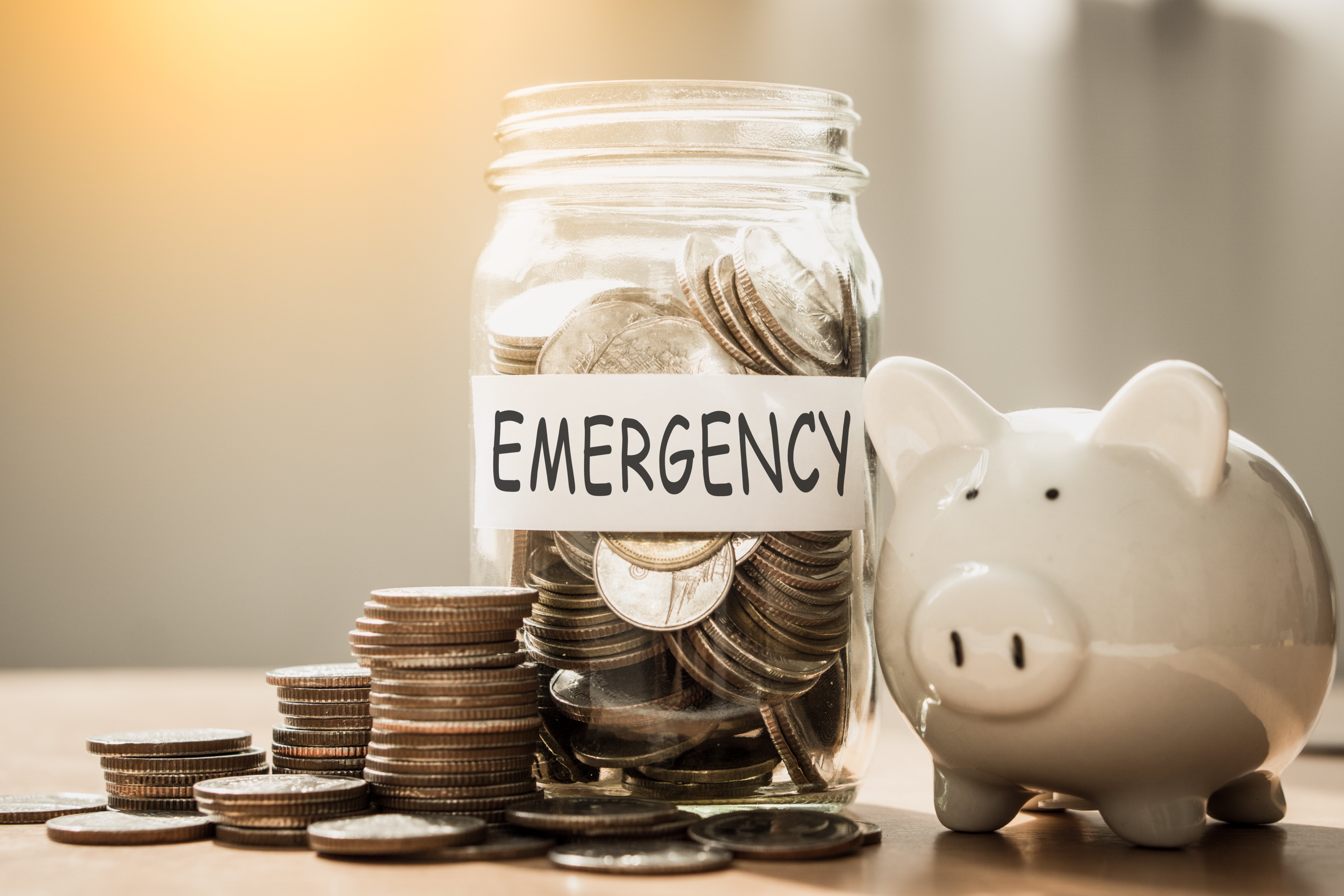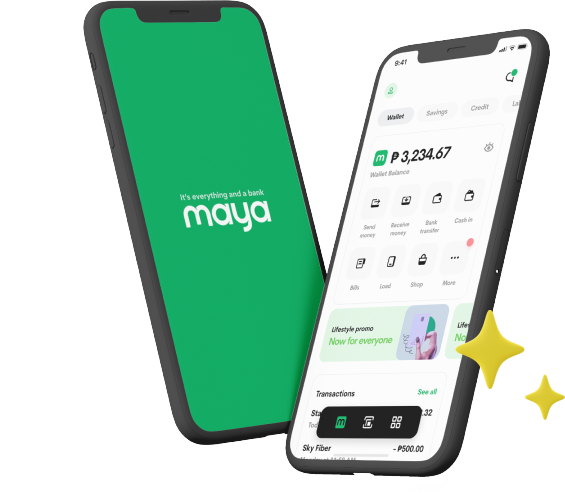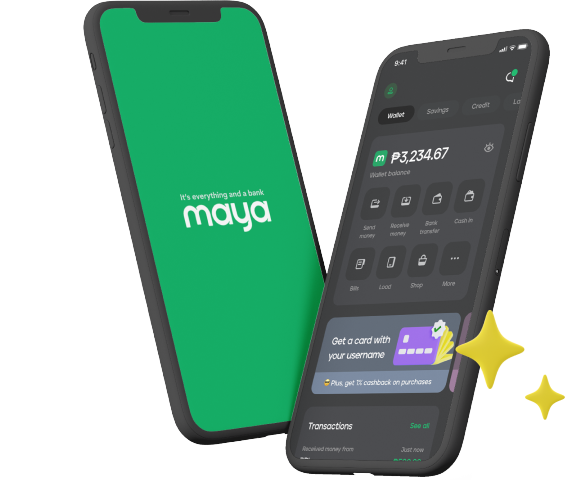
Online shopping has become an essential part of daily life for many Filipinos, offering convenience and access to a wide range of products. With this surge in popularity of e-commerce, the demand for the best credit card for online shopping also grows as consumers hunt for secure and rewarding payment options.
However, as more consumers rely on digital transactions, fraudsters have also taken advantage of this paradigm shift in consumer behavior by setting up fake online stores designed to steal people’s personal and financial information. These deceptive websites may appear legitimate at first glance, but falling victim to them can ultimately compromise your credit card details and other sensitive data. Fortunately, there are ways you can protect yourself from becoming prey to these scams.
In this article, we’ll discuss the common signs of a fake online store that you need to watch out for.
1. Lack of Security Certificates
One of the first things you should check before making an online purchase is whether the website has proper security certificates. Legitimate online stores will have SSL encryption, which ensures that customers’ personal and financial information are protected during transactions. You can verify this by looking for the "https://" at the beginning of the website's URL and a padlock icon in the address bar.
On the other hand, fake online stores often lack SSL encryption, displaying only "http://" instead of "https://", which means your data is not secured and could be intercepted by cybercriminals. If you find such a website, never enter your credit card details or personal information. It’s best to leave immediately and shop elsewhere if the site does not have the proper security protocol.
2. Unusual or Limited Payment Methods
A legitimate store in the Philippines will offer commonly trusted payment methods such as credit and debit cards, payment processors like PayPal, e-wallets like Maya, and QR Ph.
However, if an online store only accepts unconventional or hard-to-trace methods like wire transfers, cryptocurrency, or payment through unsecured links, you need to be wary of it. That’s because these methods can make it difficult to dispute fraudulent charges or recover your money if something goes wrong. Instead, always prioritize stores that offer secure, well-known payment options and avoid those that limit or complicate your payment choices.
For added security, consider using a dedicated credit card for online transactions. The best credit cards for online shopping in the Philippines come with enhanced security features, such as dynamic CVV and spending limits to protect your finances from unauthorized purchases. The Landers Cashback Everywhere Credit Card, for example, gives you the option to use a dynamic CVV that you can easily access on the app. The dynamic CVV changes every 24 hours and can be used as an extra secure way to make online payments if you don't want to enter your permanent CVV. You can also assign daily spending limits to online payments and foreign transactions through the Maya app.
In addition to being vigilant about security, it’s also smart to maximize your spending power with generous rewards. In that regard, the Landers Everywhere Cashback Credit Card is also the best cashback credit card for online shopping, giving you up to 5% cashback at Landers, 2% on dining spends, and 1% on all other qualified transactions.*
3. Requests for Unnecessary Personal Information
Fake online stores often go beyond asking for the essential details needed to complete a transaction. While it’s normal for stores to request your shipping address or payment information, be cautious if the store asks for more personal details, such as your social media accounts, government IDs, or unnecessary biometric information.
These extra requests are often a tactic to harvest your data for identity theft or other malicious purposes. Keep in mind that a legitimate store will only ask for the information necessary to fulfill your order and process your payment.
4. Too Good to Be True Deals
One of the most common tactics of fake online stores is offering "too good to be true" deals. They may advertise heavy discounts or limited-time offers that seem too good to pass up. These deals are often designed to create a sense of urgency, pushing you to act quickly and impulsively.
While everyone loves a bargain, if something seems too cheap compared to similar products from trusted sellers, it's worth being skeptical. Fake stores may offer these amazing prices as a lure to get you to enter your credit card information without thinking critically.
If you made a purchase and later realized that your card had been compromised from a fake site, immediately contact your bank or card issuer to block your card and prevent further transactions. You should also report the fraudulent activity to your bank and file a dispute to recover any unauthorized charges. For your Maya credit card, you can either temporarily freeze your card or permanently block it to get a replacement via the Maya app. Take note that card replacement fees may apply.
5. Poor Website Design and Spelling Errors
A poorly designed website with lots of spelling and grammar mistakes is another telltale sign of a fake online store. Legitimate businesses typically invest in professional web design, ensuring a smooth, user-friendly shopping experience.
If you notice broken links, inconsistent fonts, a cluttered design that’s hard to navigate, and even spelling errors or awkward language, these could be indicators that the website is a scam site—maybe even a poor copy of the merchant’s original website.
Additionally, on online marketplaces like Shopee or Lazada, fake stores often have store names made up of random characters, such as “asdhjlm123” or “xyl35storePH.” This is a common tactic scammers use to quickly create disposable stores that disappear after deceiving a few buyers. If the store name looks suspicious or doesn't resemble a real brand, it’s best to proceed with caution or avoid it altogether.
6. Low-Quality or Stolen Product Images or Missing Product Information
Fake online stores often use low-resolution or edited images to hide the fact that they don’t actually have the products they claim to sell. In contrast, legitimate stores will publish high-quality product images and detailed descriptions, as they help customers understand exactly what they’re purchasing.
As such, if you stumble upon a store with blurry images or pictures that were clearly lifted from another website that invested in proprietary photography, it’s a major red flag. Additionally, if you can’t find enough information about the product, such as specifications or measurements, you may be dealing with a fake store that’s trying to avoid scrutiny.
7. Fake or Misleading Reviews
Reviews are a crucial part of online shopping, helping buyers make informed decisions. However, fake online stores often manipulate reviews to appear more trustworthy. They may flood their pages with overly positive, generic, or repetitive reviews that don’t provide specific product details.
Scam stores, whether as standalone websites or as stores in online marketplaces, might use bot-generated reviews or customer feedback stolen from legitimate sellers. Many fake reviews tend to be vague, with generic praise like “Good product!” or “Fast delivery!” without mentioning any specifics about the item. Another red flag is a sudden influx of five-star ratings all made at the same time, with little to no written feedback, making it seem like the store has many satisfied customers when, in reality, those reviews were likely fabricated.
It’s also common to find reviews that were clearly translated using machine translation tools like Google Translate. These often contain unnatural phrasing, awkward sentence structures, or words that don’t make sense in the given context.
To avoid falling victim to fake reviews, take time to read both positive and negative feedback. Look for detailed, authentic-sounding reviews from verified buyers, ideally with real customer photos, and check if the seller has a long history of legitimate transactions.
Shopping online offers great convenience, but it’s important to stay vigilant to avoid falling victim to fraudulent websites. Watch out for the typical signs of a fake store discussed above and trust your instincts when something feels off. If in doubt, take the time to do some extra research before making any purchases. Stay safe and shop smart!
*Transactions that don’t qualify include: cash in, cash advance, quasi cash purchases, casinos and gambling, fuel, supermarket, pharmaceuticals, utilities, telco, and government.
You might also like
These Stories on Maya Bank




